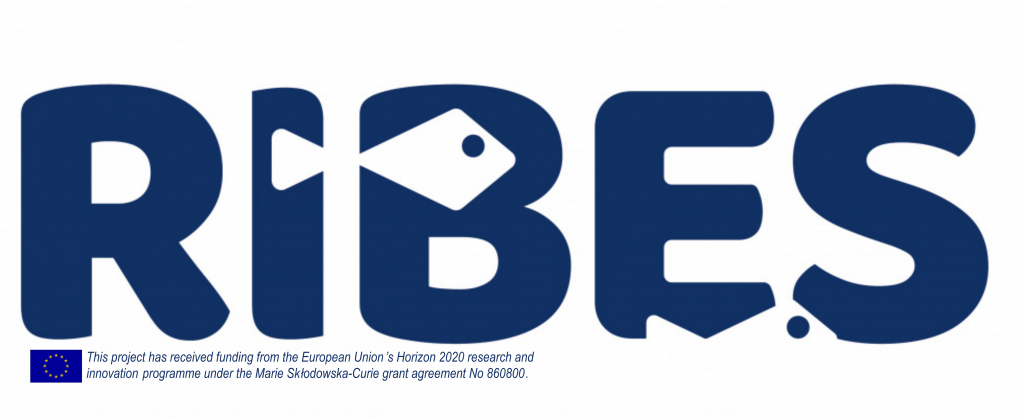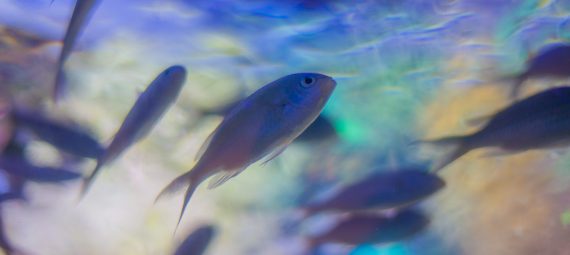Postgraduate Researcher: Luocheng Wu
Supervisor: Prof Paul White, Prof Paul Kemp
Project description
This project will develop advanced tracking method for the analysis of fish behavior. There will be two main aspects to this research. The first based on developing state-of-the-art tracking methods to track fish with active acoustic tags attached. Using arrays of hydrophones to measure time of arrival differences for tag pings across the array one can obtain information about the bearing to fish in the far-field and range information if they are in the near-field. Combining information across multiple hydrophone arrays one can obtain localizations from a single observations. However, using Bayesian tracking methods one can integrate information along a track to improve the resolution and increase robustness: providing very fine scale tracking of individuals. These principles will be demonstrated, initially, in simulation, then through controlled tank-based testing before being deployed in the field.
The second component of the work is to fuse information available through tracking in two modalities: acoustic tracking and infrared video tracking. The work will consider the problem of optimally combing the two sensor technologies. These methods can be regarded as somewhat complementary. For instance, in shallow water the acoustic propagation paths can be complex and hard to model accurately leading to biases in estimated locations, whereas infrared imaging tends to be most effective in shallow water, but its capabilities in deeper water can be greatly reduced (the conditions where acoustic methods perform best). This spatio-temporal variation in the performance of the methods means that one needs a data fusion method which uses any prior information about bathymetry and previous estimates of fish location to generate optimal schemes.

The project will be based at the new University of Southampton Boldrewood Innovation Campus. The campus provides unique high quality working space integrated with world leading laboratories including the National Infrastructure Laboratory, the Maritime Centre of Excellence, the Lloyd’s Register Group Technology Centre, and the Engineering Centre of Excellence. The purpose-built environment houses state-of-the-art facilities used by our engineering staff and students. These include our unmanned vehicles laboratories, fluid dynamics laboratory, metal and wood workshops and a driving simulator. Furthermore, the student will spend a large proportion of time at the Institute of Sound and Vibration Research and at the satellite ecohydraulics facility 2 miles away at the Southampton Science Park. At this facility the University owns a variety of large scale internal and external facilities, including acoustic tanks.
Project Funder: RIBES

RIBES (River flow regulation, fish BEhaviour and Status) European Training Network (ETN) will train 15 ESRs in the interdisciplinary field of Ecohydraulics to find innovative solutions for freshwater fish protection and river continuity restoration in anthropogenically altered rivers.
The RIBES project, funded under the European Union Horizon 2020 Research and Innovation Programme, has a duration of 4 years, from January 2020 to December 2023.
If you wish to discuss any details of the project informally, please contact Prof Paul White email P.R.White@soton.ac.uk


